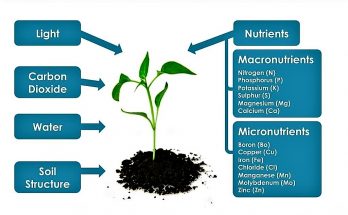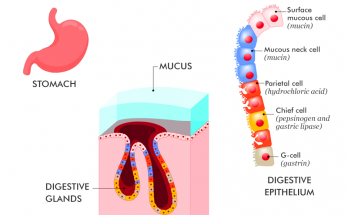Convex Lens Ray Diagrams and Image Formation
Explore the basics of ‘Convex Lens Ray Diagrams and Image Formation’ to understand how light bends to form images. Learn how the position of an object relative to a convex lens affects image size, orientation, and type. This article simplifies the concepts of real and virtual images formed by convex lenses, essential for students and enthusiasts.
Convex Lens Ray Diagrams and Image Formation Read More

